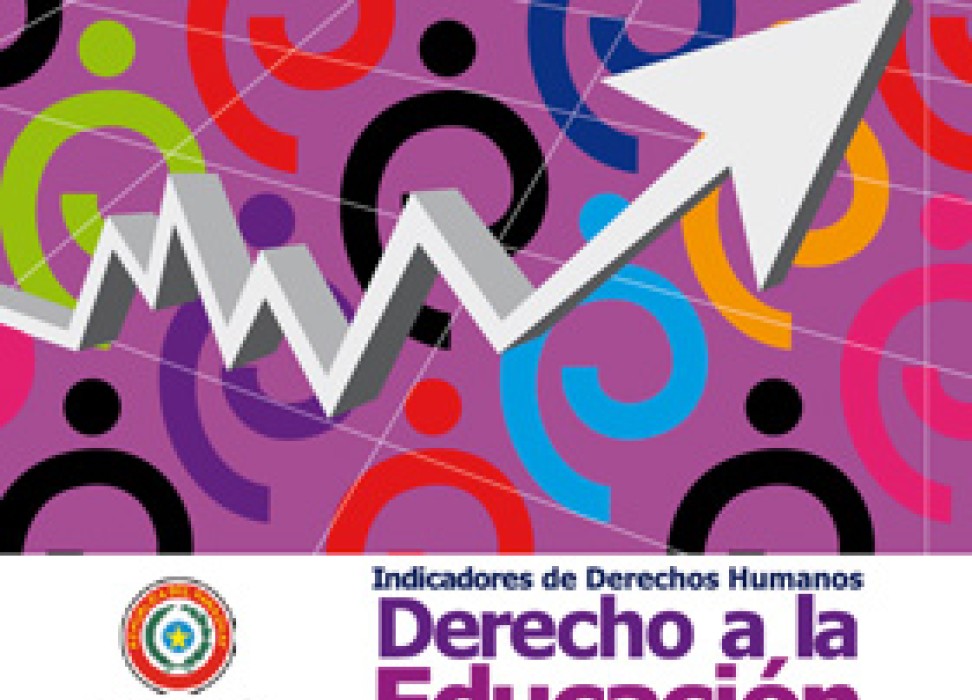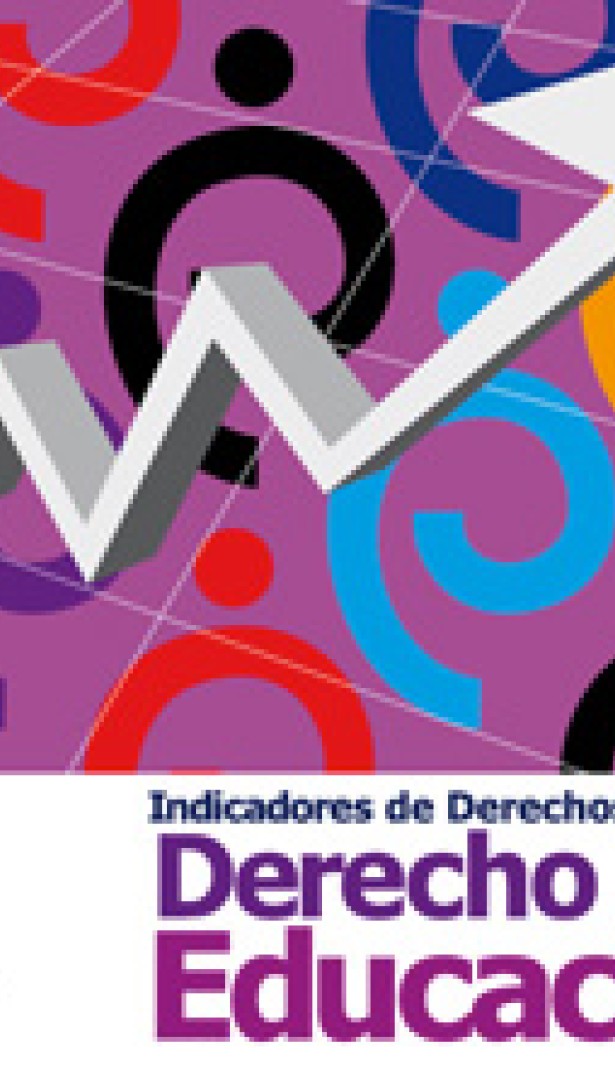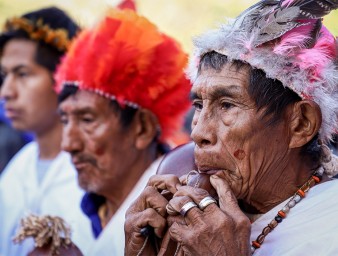A best-seller: the users’ manual for implementation of human rights indicators
28 July 2014

The framework of human rights indicators developed by the UN Human Rights Office is now in use in many countries. Brazil, Bolivia, Ecuador, Mexico and Paraguay, have all embraced the framework, as have Philippines, Kenya, Portugal, and the United Kingdom.
UN Deputy High Commissioner for Human Rights Flavia Pansieri, says it is essential that robust statistics are available to translate human rights commitments into targeted policies, and to assess the effectiveness of those policies.
At a Human Rights Council event, during the 26th session, jointly organised by the Governments of Portugal and Paraguay, the Deputy High Commissioner, stressing the importance of monitoring and evaluation work said, “If you don’t count it, it won’t count.”
Pansieri said the model, developed by the UN Human Rights Office that is adapted by individual countries to reflect their particular concerns and characteristics, is also crucial in detecting discrimination and pockets of exclusion.
H.E. Luis Campos Ferreira, Secretary of State of Foreign Affairs and Cooperation of Portugal, said the National Human Rights Commission in his country had embraced the innovative work being done in this field. The model is now employed across a range of human rights, including in national physical and mental health initiatives and assessment of education policies.
“It is thanks to the indicators that we know where we stand and what we still need to do,” Ferreira said.
The indicators framework created by the UN Human Rights Office, following a lengthy and comprehensive consultative process, is proving particularly useful in the Universal Periodic Review (UPR). All Member States are now in the second round of the UPR, a unique appraisal process, which assesses human rights progress in each country.
Paraguay’s Ambassador to the UN in Geneva, H.E. Juan Esteban Aguirre, said in his country, human rights indicators have facilitated the logical progression from the baseline established at the UPR to the establishment of its National Human Rights Plan. The integration of the indicators framework into public policies in Paraguay, including in its court system, was enabling “consolidation of democracy”, Ambassador Aguirre said.
In Bolivia too, the National Institute of Statistics, in partnership with the Vice Ministry of Justice and the UN Human Rights Office, has successfully incorporated indicators into policies covering education, health, adequate food, housing, employment, the right of women to live free of violence and most recently justice, water and human trafficking.
In developing its legal indicators, the Bolivian Ministry of Justice drew on the experiences in Mexico, which has taken the lead, in the Latin American region, in the development of human rights indicators, especially in judicial procedures.
The Mexican project, implementing indicators on the right to a fair trial, is the first of its kind in any Latin American country. The Mexican judiciary is now able to accurately evaluate several key human rights concerns, including, equal access to justice and respect by judges for the presumption of innocence and minimum use of detention.
The resulting improvements have decreased the case load in civil, mercantile and family courts and reduced the duration of trials. Administration of justice for adolescents has been overhauled and all of the tribunals now use the data mined from the fair trial indicators in the design of their internal training programs and budgetary policies.
Nicolas Fasel, coordinator of the work on human rights indicators in the UN Human Rights Office says these experiences prove that, “human rights can be measured” and that “data and indicators support the realization of human rights.”
28 July 2014




